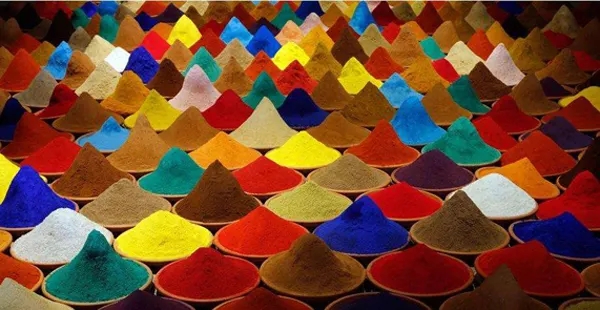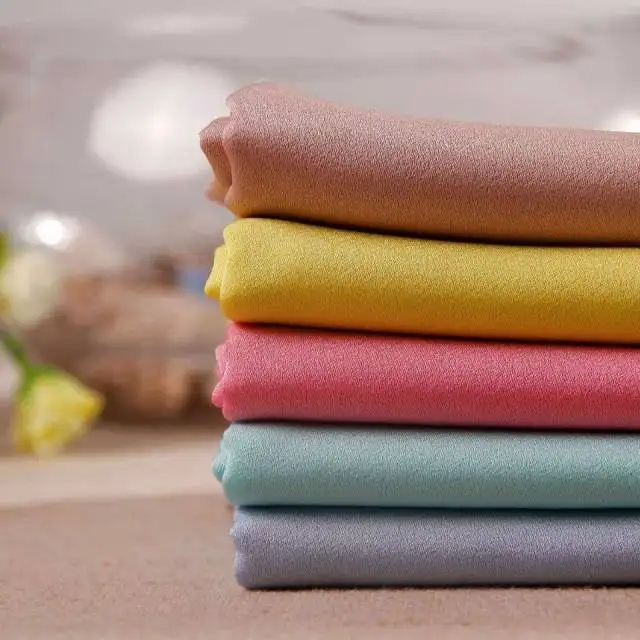In most people’s impression, faded clothes are often equated with poor quality. But is the quality of faded clothes really bad? Let us learn about the factors that cause fading.
Why do clothes fade?
In general, because of different fabric material, dyes, dyeing process and washing method, there may be a certain degree of fading problem in textile and garments.
1.Fabric material
Generally, fabric material of textile is divided into natural fiber, artificial fiber and synthetic fiber. Comparing with chemical fiber, clothes of natural fiber are more likely to fade, especially cotton fabrics and silk fabrics.
2.Dyeing process
There are many dyeing processes, among which plant dyeing is easier to fade. Plant dyeing is to dye with dyes of natural components that extract from plants. And during dyeing process, chemical auxiliaries are seldom or even not used. Plant dyeing follows sustainable production, which makes use of natural resources. It reduces the damage of chemical dyes to human body and environment, but at the same time, the color fixing of clothing will be poorer.
3.Washing method
Different fabrics need different washing methods. Generally the washing label on clothes will show suitable washing methods. The laundry detergent we used, even ironing and pressing and sun-cure will also influence the degree of fading. Therefore, proper washing will help to prevent fading.
Color fastness: The index to measure the fading degree of clothes
To sum up, textile fading cannot be regarded as the only criterion of quality. But we can make preliminary judgment whether there is a quality problem by the color fastness, which is the index to measure whether the textile is fading. Because it is certain that if the color fastness is not up to standard, there must be something wrong with the quality.
Dyeing fastness is the color fastness. It refers to the fading degree of dyed fabrics under external factors, as extrusion, friction, water washing, rain, exposure, light, seawater immersion, saliva immersion, water stains and sweat stains, etc. in use or during processing. It is an important index of fabrics.
Textiles are subject to various external effects during their use. Some dyed fabrics also go through special finishing processing, such as resin finishing, flame-retardant finishing, sand washing and emerizing, etc. The above conditions require that the dyed textiles should be kept a certain color fastness.
Color fastness has a direct impact on human health and safety. If during use or wearing, the dyes in textiles fall off and fade under the action of enzymes in sweat and saliva, it will not only pollute other clothes or things, but dye molecules and heavy metal ions may also be absorbed by human skin, and thereby do harm to human health.
Wholesale 23021 Fixing Agent Manufacturer and Supplier | Innovative (textile-chem.com)
Post time: Aug-08-2022



